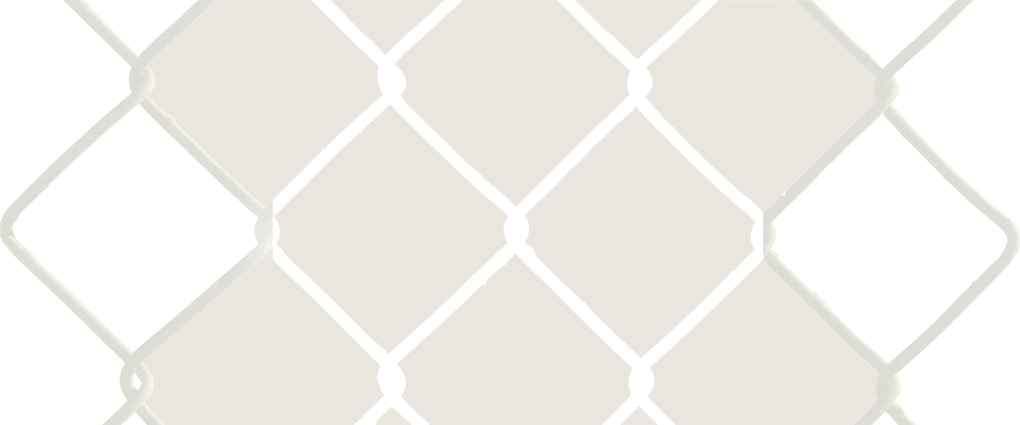

This text is by Sarah Rose Sharp in her capacity and does not, necessarily, reflect the views of different infinite mile contributors, infinite mile co-founders, the authors' employers and/or other affiliations.
| Detroitivores & the rise of Post-Industrial Revolution |
Sarah Rose Sharp |
Detritivores (n): heterotrophs that obtain nutrients by consuming detritus. In a nation sick on its own excess, no place has experienced the shock of withdrawal from the economic sugar-rush of the manufacturing industry as hard as Detroit. Yet, we are merely the decaying feet of an epidemic that is bringing the United States to its knees. In a conversation with DJ and longtime Detroit artist Martin Anand, he observed that, “[t]he last thing we need in this world are more material objects”—a sentiment that seems to echo through the practice of Detroit artists all the way back to the late 60s in the Cass Corridor. Whether it is Tyree Guyton or Olayami Dabls reclaiming semi-vacant blocks with massive installations of found materials, sculptor Robert Sestok fashioning monoliths of scrapped steel or old propane tanks, Scott Hocking employing the ready-made wreckage of abandoned industrial facilities as a staging ground for his cinderblock ziggurat, or Corrie Baldauf viewing the landscape and its inhabitants through one of her Optimism Filters to see the city in another light, many shining stars of Detroit’s art scene seem engaged in a practice of making do with what is already here. Conceivably, a fair response in a place that has had its heart and infrastructure broken when the temporary prosperity of industrial manufacturing moved abroad, and each of these artists, as well as many more—including Mitch Cope with his Hamtramck totems, Jonathan Rajewski, who seemingly has yet to find a surface that cannot be stretched into an effective and captivating canvas, Andrew Thompson, who has been known to go without a change of clothes when he employs all of his available laundry in an installation—seem bound and determined to address and reshape hard realities through the materials found readily at hand. Whether conscious or not, there is a thread of resistance to mass production, to the kind of commodification that challenged Detroit to the point of spearheading a new way into the future. The Post-Industrialists are done with the assembly line. In many ways, there is a countrywide realignment with a shift back towards DIY or handcrafted goods, slow-cooking and organic food production, and quality-over-quantity thinking, but nowhere is this reimagining of the American Dream and its associated culture of consumption, convenience, and cheap efficiency more poignant than in the birthplace of the mass-market automobile. Perhaps the disposability of so many material aspects of our lives feels a little extra-callous in a city that has been collectively viewed as a discarded place for decades. Detroit gets into your blood and your practice, whether you are born and bred, or a newcomer. Though perhaps drawn to Detroit by the same things that cultivate many an art mecca—cheap, plentiful working spaces supporting a vibrant community of makers—it is difficult for an art practice to go unaffected by immersion in the culture. The intersection of life and art is struggle, and Detroit struggles with a kind of stoicism that demands respect and requires involvement. Detroit tends to get your hands dirty, deconstruction dust all over your clothes. Possibly, it is a function of the collapsed economy that artists take up those materials that come to them freely. Maybe it is the first exploratory steps in a practice of artmaking that takes the dwindling resources of the planet into account. Perhaps with the new wave of speculation and tech-sector investments, artists flush with capital will return to high-end materials to render high-privilege conceits, in the manner of non-Detroit artists, such as Damian Hirst and Jeff Koons. I hope not. Detroit earns its character down here in the ruin. The Detroitivores are feeding on the ashes, and, from them, will rise. |

